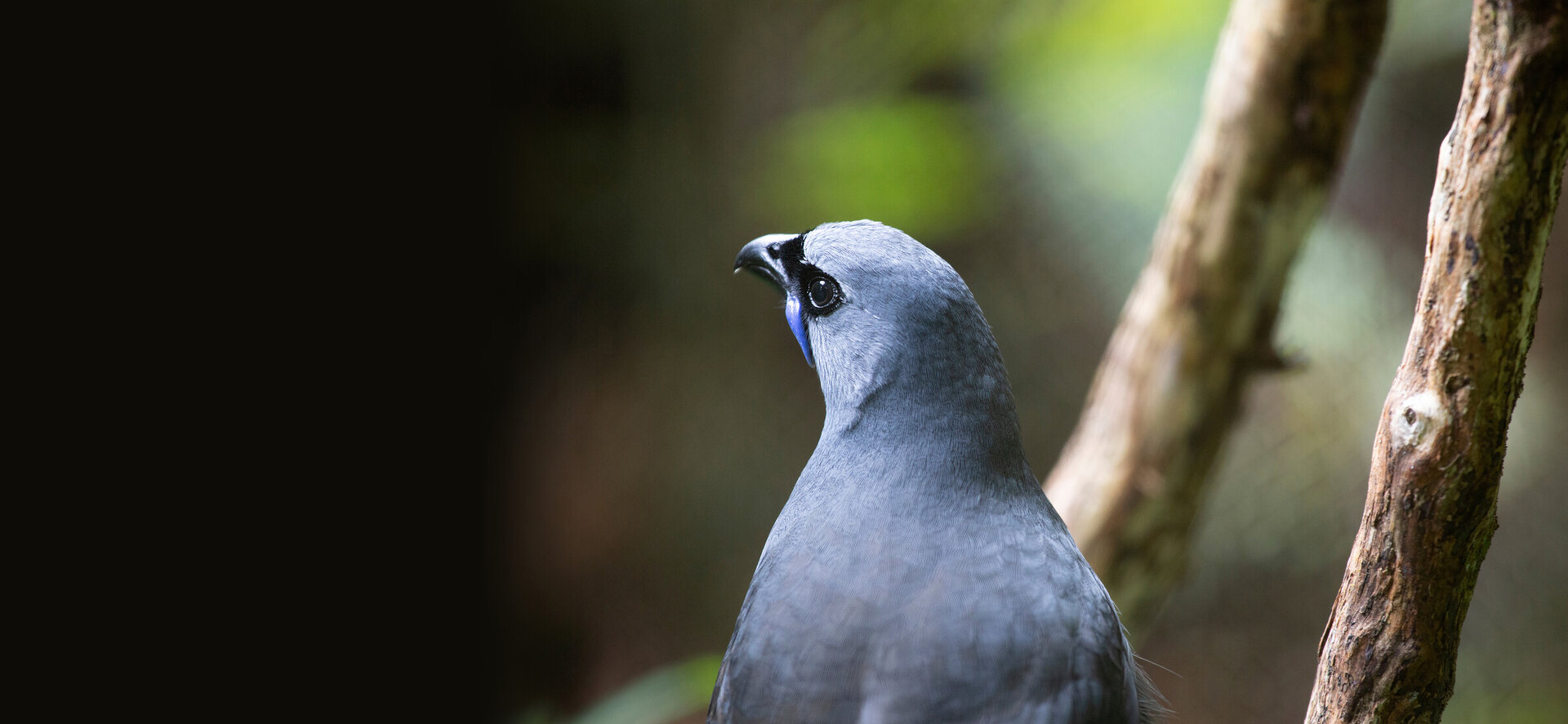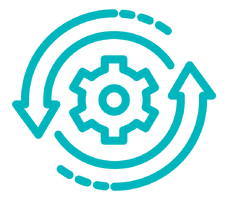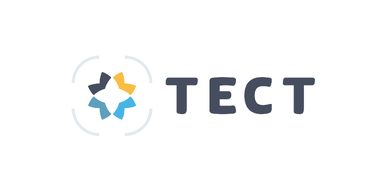
- A rich cultural and historical context. Notable are the contemporary changes in land use driven by the flaxmill industry and drainage of lower catchment peatlands.
- Taonga bird, fish and shellfish species. Notable are endemic bird species such as the North Island kōkako, mātātā (fernbird) and toutouwai (NZ robin).
- Complexities of mixed land uses (farming, horticulture, exotic forestry) and land tenure (14% multiple own Māori land).
- The initiation of pan sector farm enterprise/environment (systems – one health) plans. The outcomes of this work could apply nationally.
- A novel approach to lighthouse farm systems/effects and mitigations – an approach building on with the help of NEXT Fellows, technical experts and affiliates (significant work to date) and wider industry experience. The outcomes of this work could apply nationally.
- The development of a digital farm plan will empower agile recording of mitigations at farm level underpinned by GIS base, which can collate data and cumulative health outcomes for the catchment. This can then provide cumulative ecosystem health outcomes for the catchment.
- Improved climate resilience, and regenerative farming principles will be sought as freshwater mitigations are applied at farm level.
- Drone flights of rivers & estuary will provide evidential baseline (already completed) to synchronise with water quality data and land use.
- Novel cascade modelling for solutions (using a range of models and experts across NZ for significant contamination reduction strategies.
- Finding win:wins, including water quality improvements, economic diversification, biodiversity enhancement, carbon sequestration, climate resilience, and recreational amenity (e.g: riparian corridor from mountain to sea) alongside education and employment opportunities.
- An engaged community led by the Waihi Catchment Steering Group (which is transitioning to the Wai Kokopū Inc Society).
- Governance and operational representation of the three hau kāinga/marae communities of the Waihi Estuary (Tapiti/Whakaue marae, Maketū/Te Awhe marae and Pukehina marae).
- A well-structured governance group and operational team with clear TOR.
- Collaboration with some of the top specialists in the BOP/NZ, including: NEXT Foundation; independent science practitioners; social researchers and economists; in kind specialist support; and not least local mātauranga (hau kāinga) experts.
- Transdisciplinary approach to solutions, that includes a strong focus on equity, the linkage between ecological and human health, wellbeing, inclusion, and support from authoritative Māori affiliates.
- Support from affiliated science groups, assisting with real time testing of residues and contaminants – in a range of sites to provide real time, democratised data to all in the catchment – once embedded and piloted via a monitoring plan.
- Employment and training of local people/hau kāinga, representing the three local marae of the Waihi Estuary
- Involvement of primary sector groups, hau kāinga (three local marae communities), schools, community care groups, local authorities and organisations.





